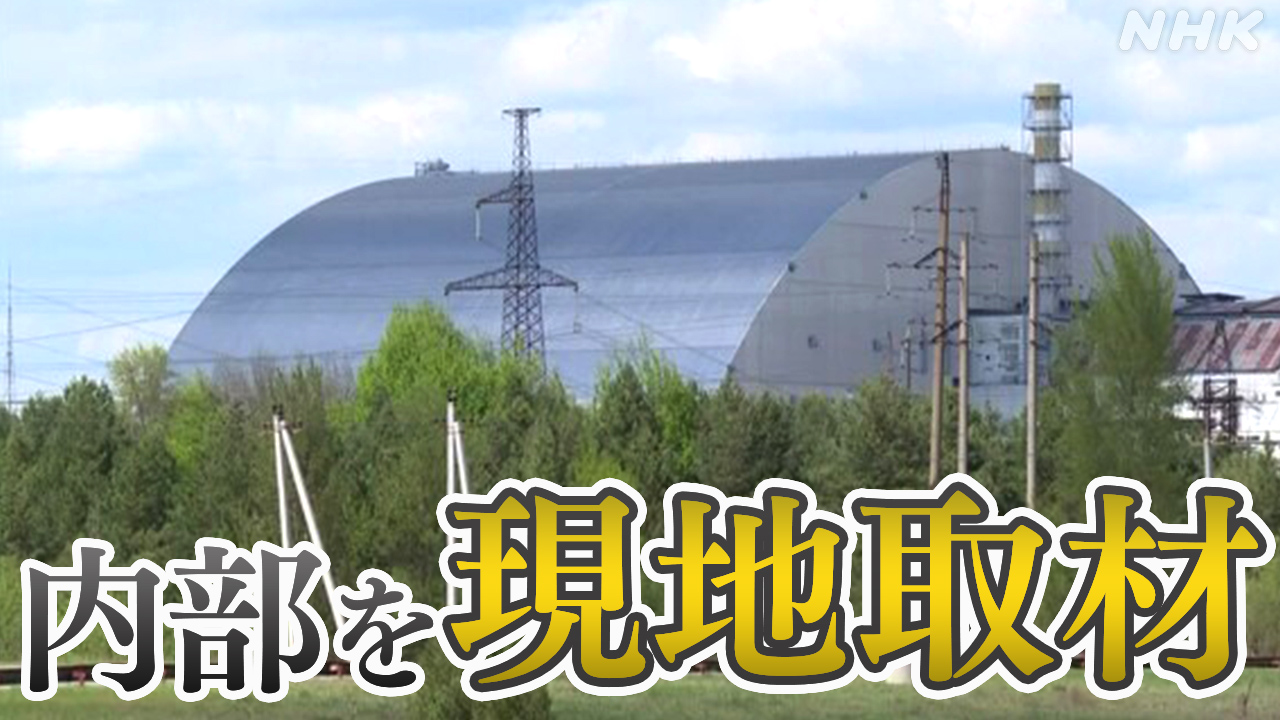Chernobyl Shelter Vulnerability: Russia's Assault Exposes a Precarious Situation
The ongoing conflict in Ukraine has cast a chilling spotlight on the vulnerability of the Chernobyl Nuclear Power Plant, raising serious concerns about the long-term safety of the sarcophagus encasing the damaged reactor. Russia's assault on Ukraine, and its occupation of the Chernobyl Exclusion Zone, has exposed critical weaknesses in the already precarious situation, highlighting the potential for a catastrophic environmental disaster.
The Threat to the Chernobyl Sarcophagus
The Chernobyl sarcophagus, a massive steel structure built to contain the radioactive debris from the 1986 disaster, is a crucial element in preventing further environmental contamination. However, Russia's military actions have jeopardized the integrity of this vital structure in several ways:
- Disruption of Monitoring and Maintenance: The occupation has severely hampered the ability of Ukrainian specialists to monitor the sarcophagus's structural integrity and perform essential maintenance. This lack of oversight increases the risk of unforeseen damage or failures.
- Power Outages: The loss of power to the Chernobyl site, due to the conflict, has threatened the cooling systems necessary for spent nuclear fuel storage. A loss of cooling could lead to a significant release of radiation.
- Increased Risk of Looting and Sabotage: The chaotic conditions within the Exclusion Zone increase the risk of looting and sabotage, which could compromise the safety of the site. This is a particularly concerning aspect, given the potential for malicious actors to exploit the situation.
- Displacement of Personnel: The displacement of Ukrainian personnel responsible for managing the site significantly reduces expertise and capacity to handle emergencies effectively. This loss of institutional knowledge is a critical concern.
Long-Term Environmental Consequences
The potential consequences of a Chernobyl disaster are catastrophic. A breach in the sarcophagus could lead to:
- Widespread Radioactive Contamination: A release of radioactive materials could contaminate vast areas of Ukraine and beyond, leading to long-term health problems and environmental damage.
- Economic Devastation: The economic impact of such a disaster would be devastating, affecting agriculture, tourism, and overall economic stability in the region and possibly beyond.
- Humanitarian Crisis: The scale of the potential humanitarian crisis is immense, requiring a massive international response to manage the displacement of populations and provide medical assistance.
The International Community's Response
The international community has expressed serious concerns regarding the situation at Chernobyl. The International Atomic Energy Agency (IAEA) has called for the immediate restoration of power and security at the plant. Several international organizations are working to provide humanitarian assistance and monitor the situation, however, access remains severely restricted due to ongoing hostilities.
The Urgent Need for Action
The vulnerability of the Chernobyl shelter underscores the urgent need for international cooperation to ensure the safety and security of the site. This requires:
- Immediate Ceasefire and Demilitarization: The cessation of hostilities is paramount to allow for safe access and repairs.
- International Monitoring and Assistance: Ongoing international monitoring and support are critical to ensure the long-term stability of the site.
- Investment in Infrastructure: Investment in upgrading the site's infrastructure and safety measures is essential to mitigate future risks.
The situation at Chernobyl serves as a stark reminder of the devastating consequences of conflict on critical infrastructure and the urgent need for global cooperation to prevent a potential catastrophe. The world must act decisively to ensure the safety of this critical site and prevent a humanitarian and environmental disaster. Learn more about the IAEA's efforts to monitor the situation by visiting their official website [link to IAEA website].
